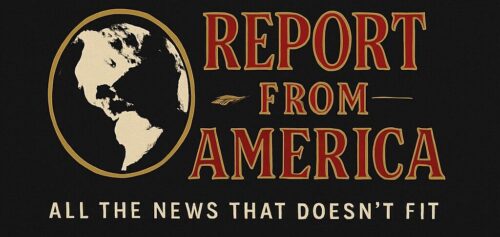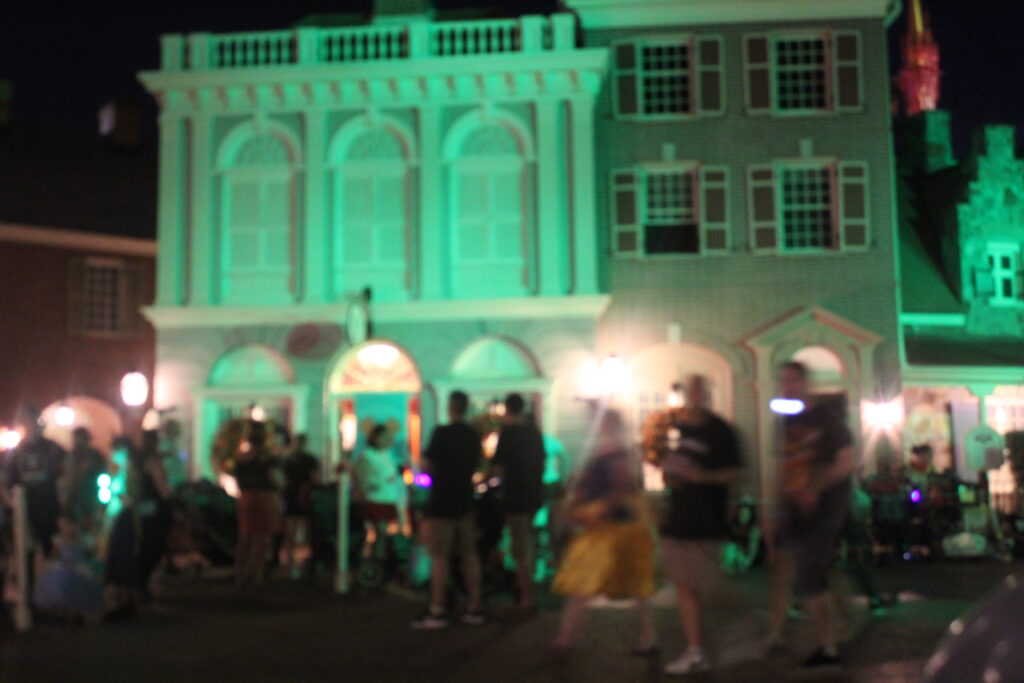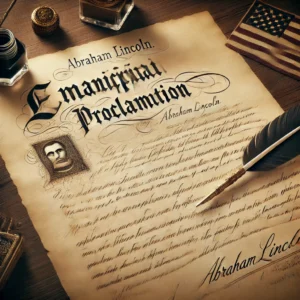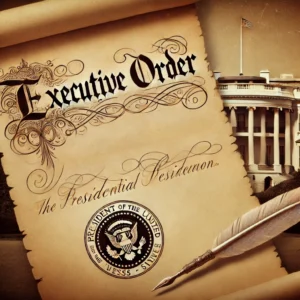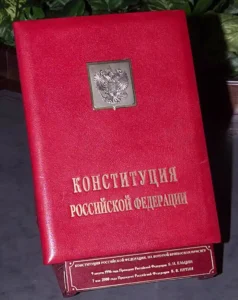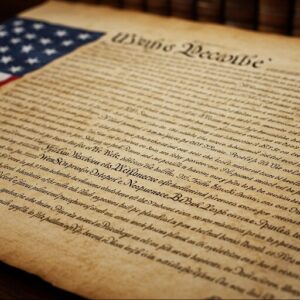A short history of executive orders
The history of executive orders dovetails nicely into the discussion about the US Constitution. The authority to grant executive orders comes from Article I Section II of the US Constitution.
The Constitution says: “The Executive Power shall be vested in a President of the United States of America.” That’s it. It doesn’t say exactly what it means by “executive power.” Like many aspects of the US Constitution, that was left for future generations to decide.
Looking at this critically—and taking a position completely outside of the practices of the current President, because the current president is not the first one to make broad and perhaps questionable use of this power—it is difficult to imagine that the framers of the US Constitution would take such careful pains to create a system of checks and balances, and of neatly defined branches of the government, and then allow the president to unilaterally pass laws. (These orders, of course, are subject to judicial review and can not directly contradict existing federal law, and in this regards, the discussion kind of bleeds into the hyper partisan world that the framers also could not have imagined.)
The history of Executive Oders.
Interestingly, executive orders were not numbered, indexed and recorded systematically until 1936, 147 years after the advent of the present system of the US government. They were numbered starting in 1907, but not fully indexed until 1936.
The first 6 presidents signed a total of 18 executive orders, often called proclamations or decrees back then. The first 15 presidents signed a total of 138 executive orders—an average of 9 per president. The most prolific use of the power, to date, was Franklin Delano Roosevelt, who signed 3,371 (307 for every year he was in office).
A look at what some early Executive Orders looked like:
Reviewing Executive Orders from early Presidential administrations can be a little tricky, because the term “executive order” was never used, and some Presidential proclamations were not considered to be executive orders. Nor were orders officially catalogued and numbered as they have been since the 1930s.
The first order, a proclamation by George Washington, established a national day of thanksgiving. This did not establish a national holiday, as it is today. That didn’t happen until Lincoln.
Washington’s second and third proclamations were to publish a treaty with Native Americans and then to warn the citizens against violating the terms of the treaty. I am not sure if either of these proclamations were strictly necessary as the President had the express Constitutional right to make treaties, and the second one is telling citizens to obey a congressional law. However, as the first president, it was necessary for him to establish his authority.
Washington’s most consequential proclamation was likely the proclamation that authorized the militia of several states to put down a rebellion centering around tax on whiskey, This showed Washington using his presidential authority to enforce laws. It also is significant because it brought into sharp focus a partisan division in the nation that—it could be argued—still exists today. The division was between the Federalists and the remnants of the anti-Federalists, the Democratic-Republicans, who favored states’ rights. Constitutional issues—concerning this proclamation—were raised, but it was never formally challenged in the Supreme Court.
Several of the proclamations of John Adams were administrative. In two proclamations, he proposed a “National day of humiliation, fasting and prayer.” This shows how the role of the early presidents was still being defined. The tradition did not take hold or gain traction. This could be thought of frivolous or drafting proclamation that only reflected the whims of the president, and this is still true today. Some Executive Orders have had great abiding legislative impact while other merely reflect the preferences of the president or perhaps were proffered to appease the president’s base constituents.
Since those few sparse lines in the Constitution to the settled practice it is today, a couple of things are clear:
-
- The use of them as a quasi-legislative power has grown and expanded as there is nothing in the Constitution that puts limits on this power
-
- It appears that although some early orders were considered to be proclamations, with little legal impact, others had the power of Executive Orders. Over time, these two things have coalesced. There is currently no distinction between presidential whims and extra-legislative laws.
A couple more points about Executive Orders.
-
- Presidents can revoke Executive Orders at will, either their own orders or the orders of previous presidents.
-
- Presidents can appeal judgements that rule against Executive Orders, which would make an impartial Supreme Court crucial in this matter.
-
- A TRO – temporary restraining order can be put in place to halt enforcement of the order while it is being litigated, if the court finds that not doing so could cause irreparable harm.
Before moving on, let’s pause here and consider these words again:
Article 2, Section I
The Executive Power shall be vested in a President of the United States of America.
Article I Section 1
All legislative Powers herein granted shall be vested in a Congress
Article III, Section 1
The judicial power of the United States shall be vested in one supreme court, and in such inferior Courts as the Congress may from time to time ordain and establish.
_____________________________________________________________________________________________________________________________
Now as an exercise, consider—based on these words from the Constitution—where does particular power vested in the executive order fit in?
More articles on The Executive Order to come. By looking at some famous Executive Orders, the scope of these orders will be examined. And there will be a look at the current orders of the current president.
